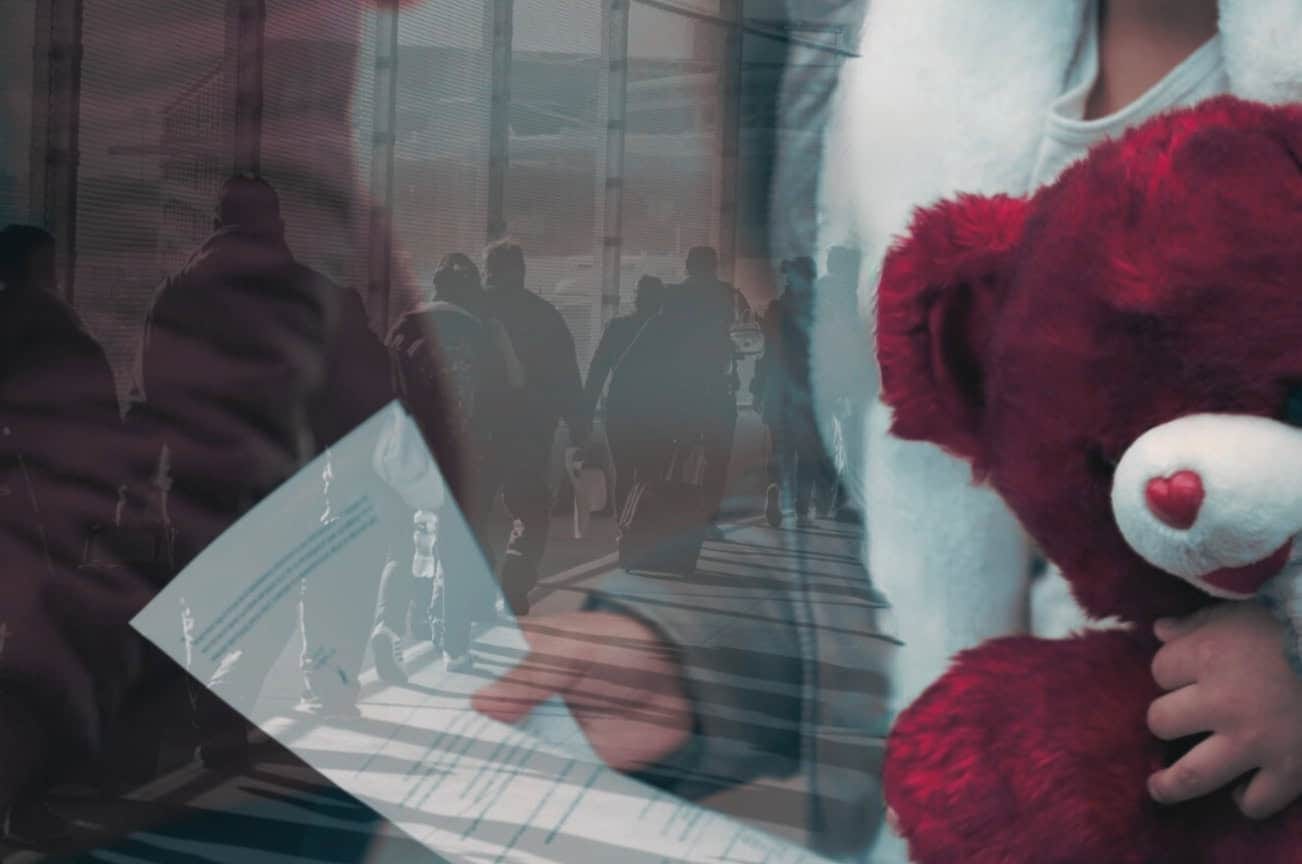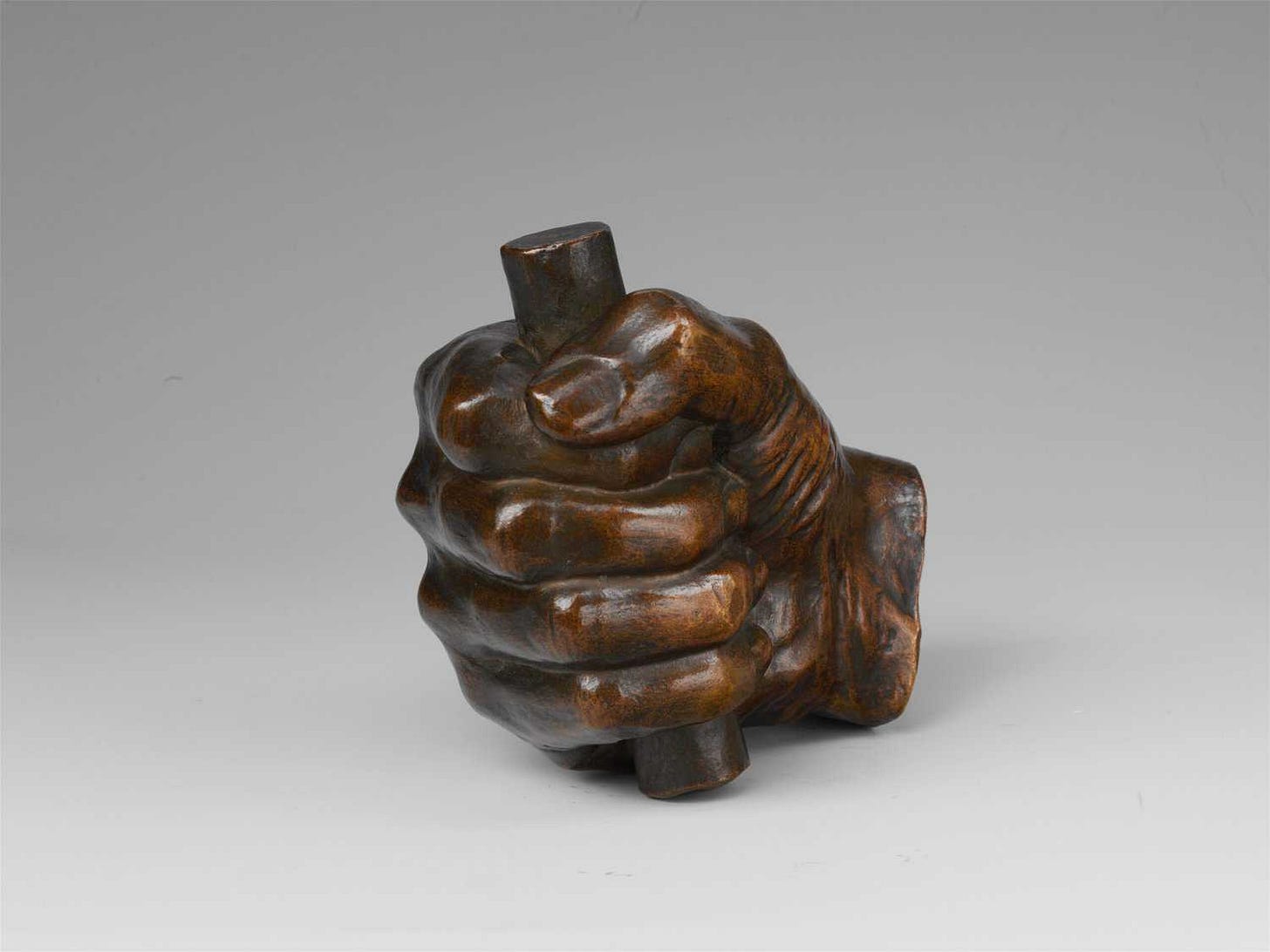Our intimidating border walls are not continuous. Our president has taken a hammer to inclusivity. Opportunities for migrants are divided according to a hierarchy of suffering.
What is the strange political power of the American fragment?
This week at Public Seminar, Victoria Hattam writes that when the fencing along the US-Mexico border breaks, it’s by design. The same policy of fragmentation drives migrants to seek asylum—and then blames them for overwhelming the system, Charlotte Soehner and Olivia Woldemikael report.
President Trump’s attack on diversity, equity, and inclusion programs is an attempt to shatter the idea that all US citizens possess equal moral worth, Melvin L. Rogers argues.
And Mary Karmelek finds a glimmer of hope underground, where the mosaics of the New York City subway offer commuters something beautiful—and shared.
Asylum and the Hierarchy of Suffering
Limitations of the US migration framework
Charlotte Soehner and Olivia Woldemikael
Even before Trump barred asylum seekers from the US-Mexico border by declaring all unauthorized border crossings to be “invasions,” American asylum was a system with no winners. Now, while migrants at the border are stripped of the meager options they previously had recourse to, it’s crucial to understand what it meant, until very recently, to seek asylum in the United States—and how the failures of the system have been weaponized against all migrants. This double-bind becomes especially apparent when we consider the available pathways of legal migration at an individual level. What are the decisions a single person must weigh as they seek a new home in the United States?
In Search of the Sublime … Underground
How far can art carry us through New York City’s broken subway system?
Mary Karmelek

Weekday mornings, as I walk to the 36th Street subway stop in Sunset Park, Brooklyn, I quicken my pace, anxious that if I miss the train, I’ll be late for work; worried that if it’s too crowded, I won’t get a seat on the 40-minute commute that lies ahead. As I hurry, I run through to-do lists in my head: reschedule my doctor’s appointment (again); remind the landlord that the kitchen faucet leaks (still); buy stamps so I can finally send my mother’s birthday card (belated). Once in a while, if there are flashing police lights near the entrance on 4th Avenue, I remember the mass shooting that took place at this very station in 2022. When I race through the turnstile, my mind swirls like the discarded papers, dead leaves, and cigarette butts caught in the eddy of wind.
Public Seminar is a nonprofit publication made possible by support of The New School and the generosity of readers like you. Tax-deductible gifts go toward our mission of making informed intellectual debate accessible to a global audience.
Border Time
Policing movement in the Rio Grande Valley
Victoria Hattam
The southern border of the United States has been policed intensively for over half a century. Donald Trump and many other global political leaders have narrowed their policy focuses from bordering more generally to building walls. Even short trips to the US-Mexico border make clear that the wall is not a continuous integrated structure. On the contrary, the wall is fragmented by design. Attending to the materialization of the wall, to the bits and pieces, puts the question: How is political authority operating here? Rather than assuming fragmentation to be a sign of weakness, I suggest we shift in analysis of border policing from space to time. I draw evidence from government documents, site visits, and photographs.
“If You Wish to Know Who a Man Truly Is, Give Him Power”
By eroding the values of inclusivity and fairness, Trump’s rhetoric cultivates instead an exclusionary ethos
Melvin L. Rogers
Reflecting on Abraham Lincoln in 1894, the American orator and lawyer Robert Green Ingersoll observed that “nothing discloses real character like the use of power. It is easy for the weak to be gentle. Most people can bear adversity. But if you wish to know what a man really is, give him power. This is the supreme test.”






